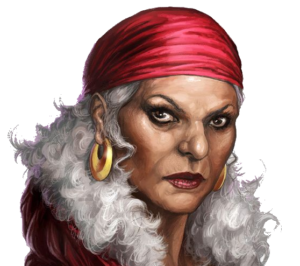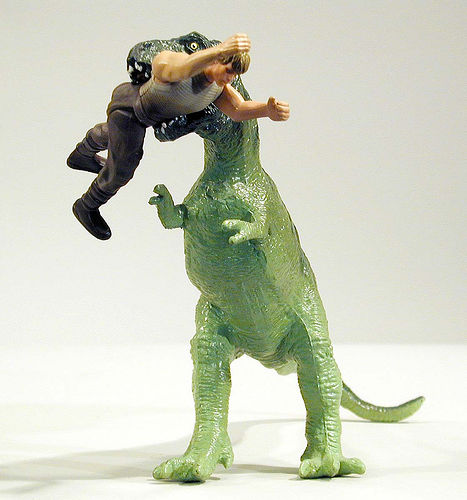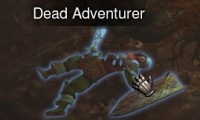With my gaming having moved primarily online, I found a minor problem that I had while GMing at the dinner table exacerbated at the digital one: I tend to speed up things in the excitement of combat- I have to force myself to stop and describe how a blow lands, or how an enemy reacts, or how an NPC moves his hands. At the table, much of this could be played out with a little acting- a wince, a hand thrown to the heart and a death-gurgle, or an angry tone taken while standing from my chair. These things worked at the dinner table, but not the digital one. I felt like my NPCs were simple stat-sheets that my players didn’t even recognize as entities… they were just rolling dice to beat me, crafting arguments to argue with me, completely ignoring the motivations and ideas of the characters I had crafted to give them an enjoyable evening, they instead focused on the mechanics of the system and often bypassed or ignored the story all-together. I had to do something to fix it. I wanted to bring my characters to life for my players, but with them being unable to see me (and me being unwilling to bring cameras into all this), I needed a solution to connect them to the bad guys.

Inspiration hit me as I scrolled through old computer games that I hadn’t touched in years but still clearly remembers elements of: Final Fantasy and knock-offs thereof that used still, 2-dimensional portraits of characters to bring familiarity and build connection to a digital character whose voice I would never hear and whose movements I would never see. “Wait a minute…” I thought, “I can do that!”
I kicked off my 4th Edition Warhammer Fantasy Roleplay game using just that: talking heads. I scrounged Pintrest for portraits… I found that searching for almost any profession and putting “dnd” or “rpg” behind it netted me rich results. I even started to note that I’d easily be able to do the same techniques for future Steampunk, Sci-Fi, or Cyberpunk games. Right click, copy image, and off to my graphic design tool of choice.
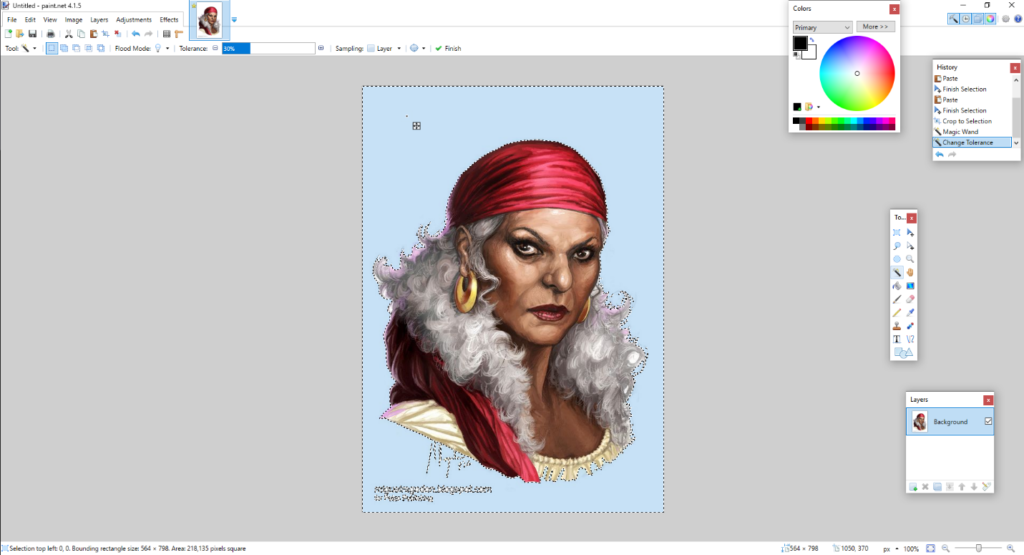
A lot of the pictures I chose already had backgrounds, but I wanted to make sure I’d get my money’s worth out of these guys (hey, time is money). To make them more flexible, I used Paint.Net (www.getpaint.net) to remove backgrounds and clean up edges, mostly by using the selection wand and varying the percentage bar at the top of the screen to select how much I wanted to grab. I had to be careful not to take chunks out of the portrait. I’d fill empty areas with lime green or some appropriate color and repeat this a few times, then go around the edges with an eraser tool. The end result is a clean, attractive portraits that I can put on any background. Most of the time, it greatly resembles the effect found in those Final Fantasy games I mentioned. Sometimes it can take several passes with the selection tool and eraser (along with a liberal use of ctrl-z to undo mistakes!), but I think you’ll appreciate the end result.
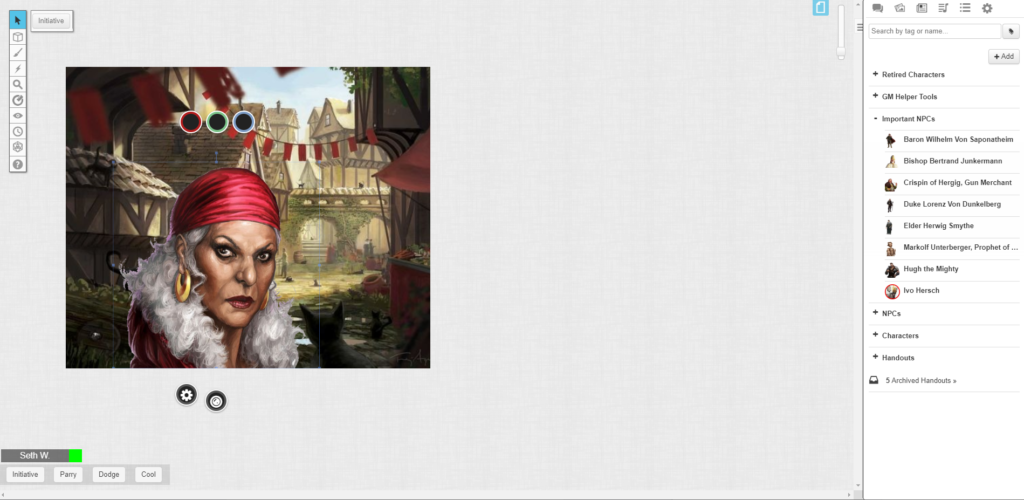
In case you aren’t aware of the digital tabletop that is Roll20.net, I encourage you to give them a look. While there are things I’d love to see improved, I can confidently say that I pay for a Pro subscription because of the excellent features they offer. The tools it offers me to next-level my online games aren’t too shabby, either. Uploading the portrait is easy, and I follow it up by finding the tile I placed the scene on and placing that character portrait on the GM layer. It’s hidden from player view, and I can pull it down with a right click whenever I need it. If I know it’s someone that’ll come up a lot, I attach it to their character sheet and can simply open their character sheet and pull their portrait to the GM layer on the fly, resize it, and then drop it to the token layer whenever I find myself needing it. I’ll also have it connected to their stat array this way so that I have easy access to social skills when we all get to talking.
That’s it. It’s not a terribly intensive process, and I find that it really ups the gameplay. To my joy, players instantly recognized it for its 90s adventure-game style, and they totally bought in. Try it out on your game and let me know what you think. I’m always looking for ways to improve, and if you can help me next-level my game, I’m happy to take a listen.
